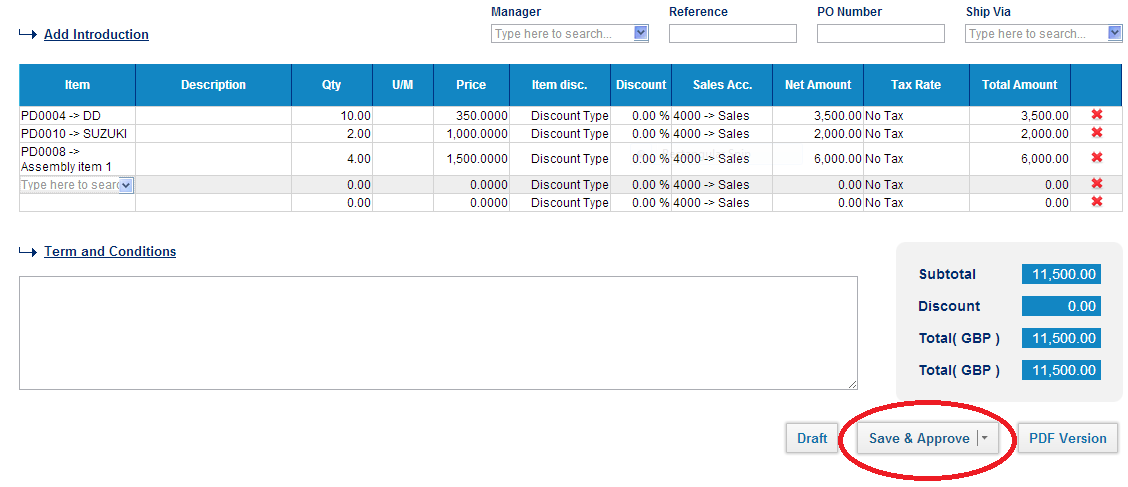

This would likely be the most extensive phase, as the team needs to develop individual graphic components, write copy for various areas of the site, or build the code for various complex animations or other special components. Step Three: Add in the content and graphic components for each page.Step Two: Create the basic framework of all the pages to be included in the website, add placeholder pages for each, and create the pathways that direct how users navigate between pages.Step One: Come up with an initial concept and design idea for the site and gain approval from the customer.Break down your project into the various steps from start to completion, and identify the materials, information, and time required for each step.įor example, let’s lay out what a typical progress timeline might look like for the design and build-out of a new website: In order to know when you’ll be paid through a progress billing system, you’ll need a timeline for the project. Both the vendor and the customer should agree on the frequency of billing, the milestones for completion of the project, and other basic billing terms.įor industries where progress billing isn’t the norm, you’ll need to explain the practice and how it works in order to include this as a term of your contract. If you’re new to progress billing or it isn’t commonplace in your industry, you’ll want to negotiate for this billing method as part of your initial contract for a project. If you’re interested in progress billing, here’s how to implement the process: 1. Implementing a progress billing process could be challenging in the beginning-but as you move on to new projects and both you and your clients get used to the process, you might actually come to prefer this method. This process continues throughout the life of the project until the final 5% to 10% of the total balance, which is typically paid upon official project completion. If you’re struggling to find a billing method that meets the unique needs of your long-term project, an invoicing method known as progress billing could be just what you’re looking for.Įssentially, progress billing helps contractors get paid for work already completed during a long-term project. But from a vendor’s perspective, it can be difficult-if not impossible-to keep up with the overhead costs of completing a large-scale project without any cash coming in the door. On one hand, clients don’t want to cut huge checks before any work has been completed. It shows the original contract amount, changes made to that total amount, the total balance already paid, the percentage of work completed, the amount currently due, and the total amount outstanding for the project.įor businesses that engage in projects with long timelines and large budgets, it can be pretty difficult to identify the fairest way to invoice clients. Progress billing is typically used for large, long-term projects, and it helps contractors maintain an adequate level of funding throughout the duration of the project.

We strongly suggest that you let us help you with this task to make sure your invoices are set up correctly - and that you're paid in full.Progress billing is the process of incrementally invoicing clients for a project. And there are other ways to go about it in QuickBooks. Progress invoicing is a simple concept, but it requires many steps, as you've seen here. Click Reports and scroll down to Sales and customers to run Estimates & Progress Invoicing Summary by Customer.

QuickBooks provides a report so you can see the progress of all of your progress invoices at once. You can send as many progress invoices as you'd like until you can finally bill your customer for the Remaining total of all lines. Now it appears in the invoice list, where you can send reminders, receive payment, etc. When you've finished, Save the invoice and send it to your customer. Go down that column and type in the amount you expect to be paid on each line item. If you indicated that you wanted to enter a custom amount for each line, that field will say $0.00 of. Your calculated percentage will appear there if you chose that option. You'll notice a new column here, though, labeled Due. The invoice that opens will contain the information you provided on the estimate. You'll be able to specify your custom amounts when the progress invoice actually opens. If you choose a percentage, QuickBooks will calculate what that number would be and enter it. For your first, you can either enter a percentage of each line item or a custom amount for each. You'll choose Remaining total of all lines when you're ready to send your final invoice.


 0 kommentar(er)
0 kommentar(er)
